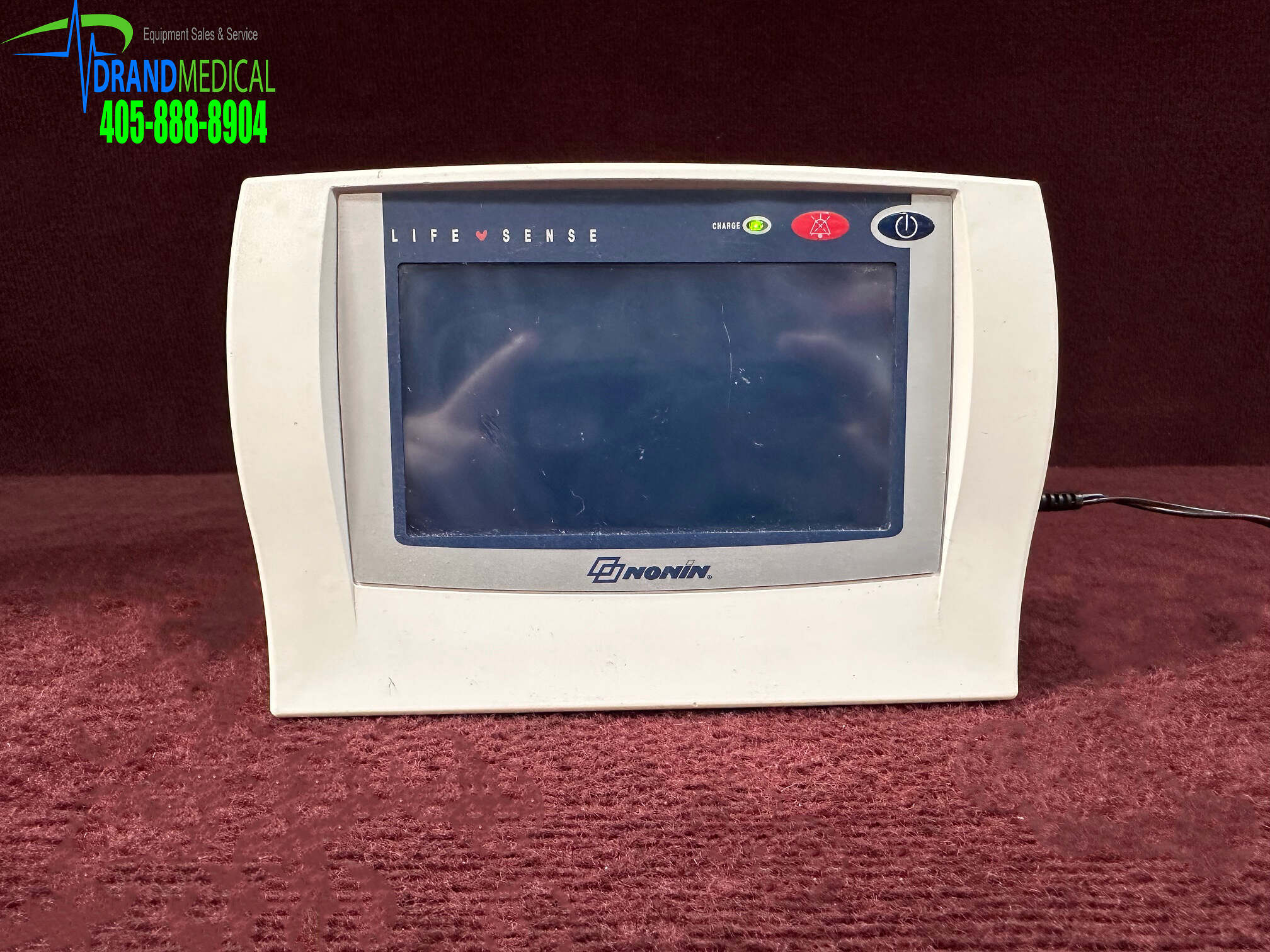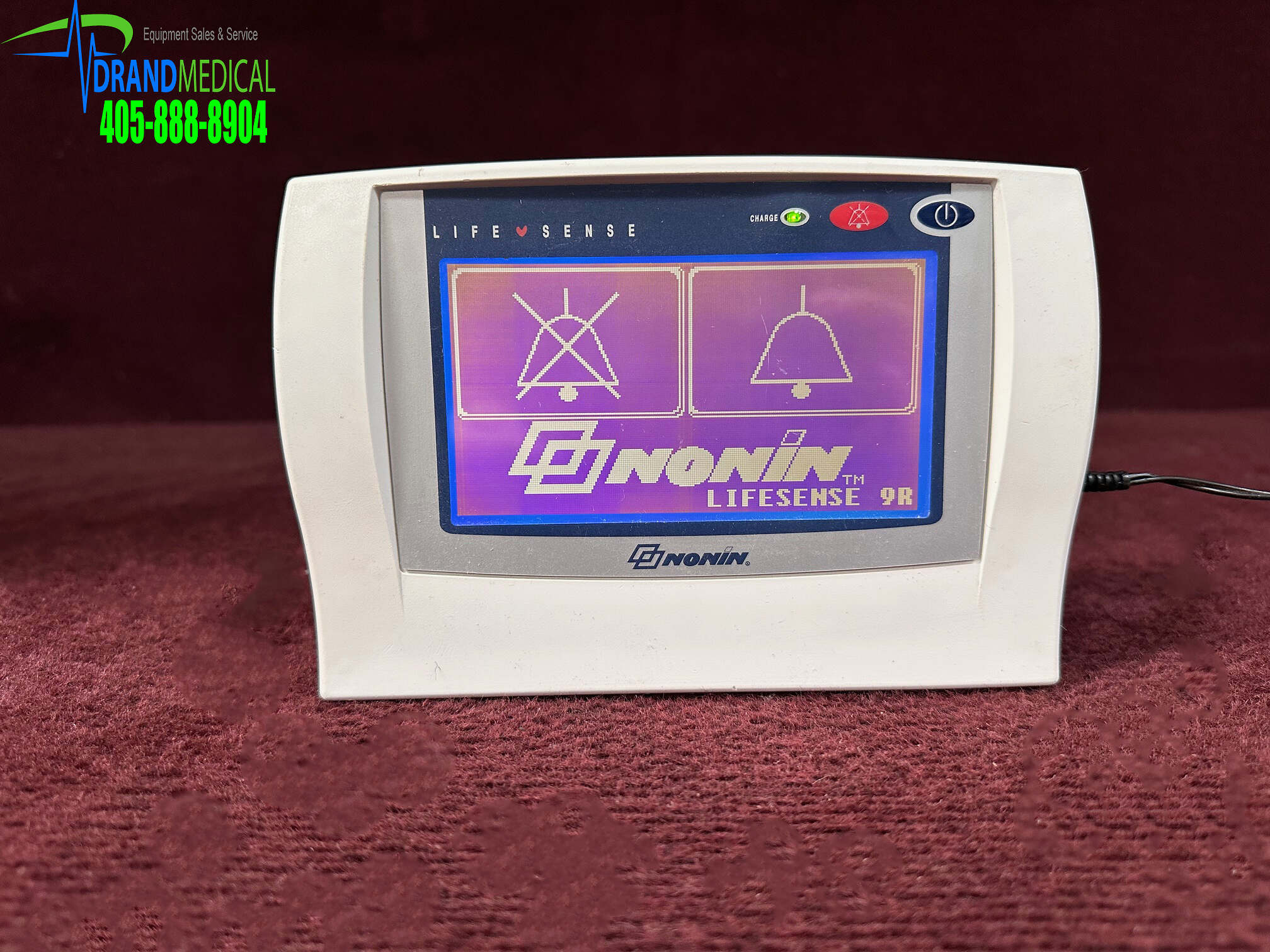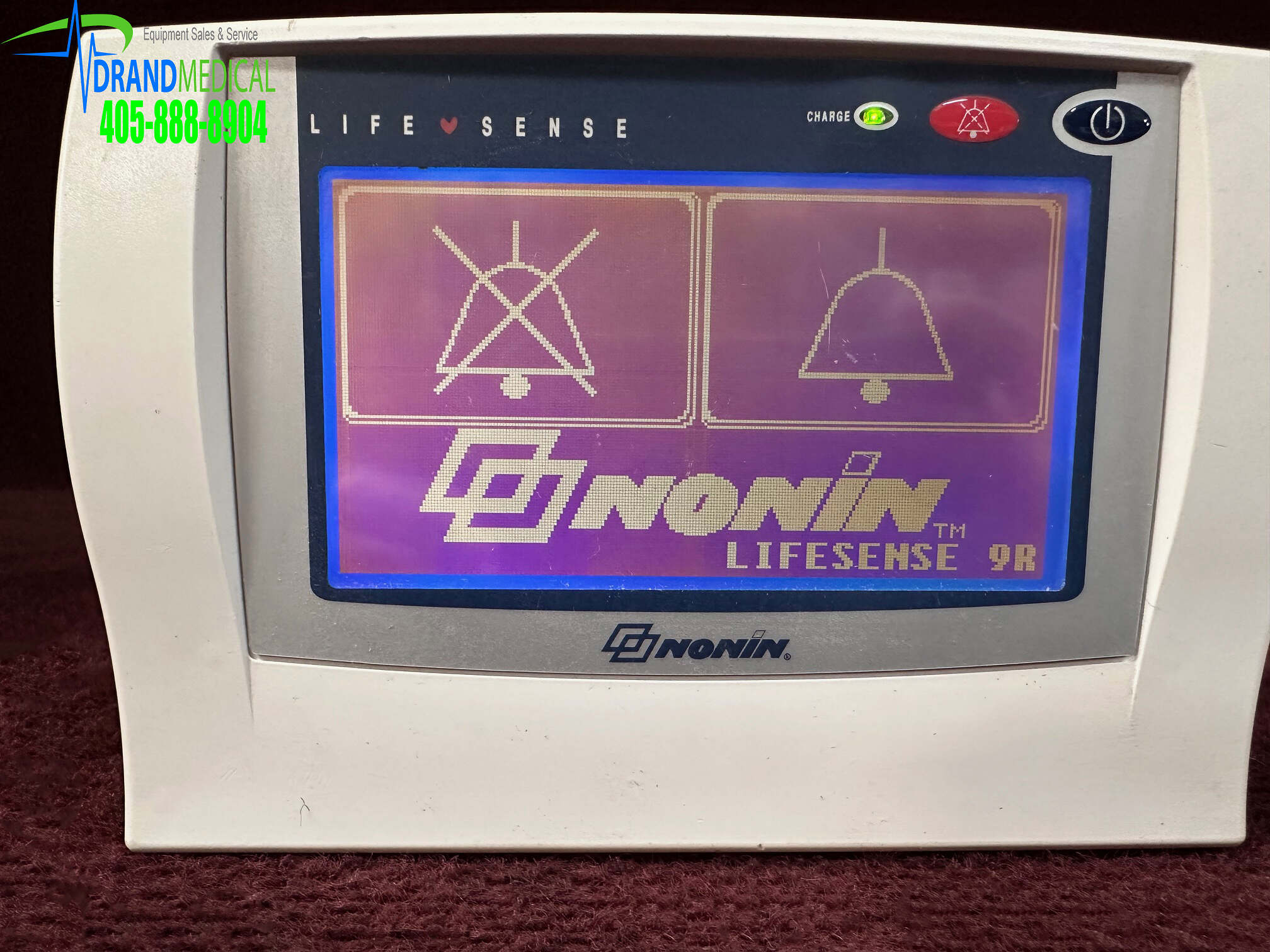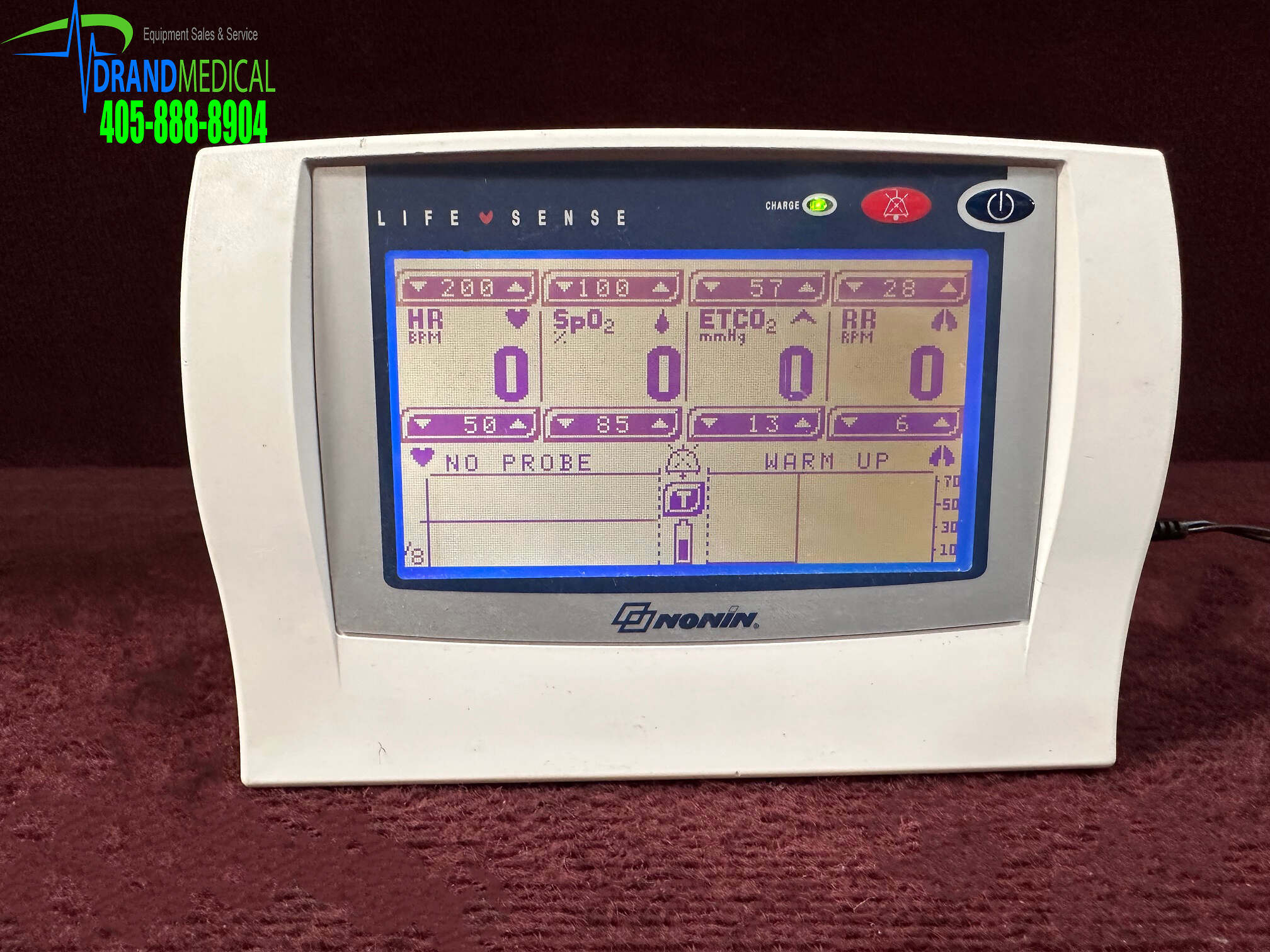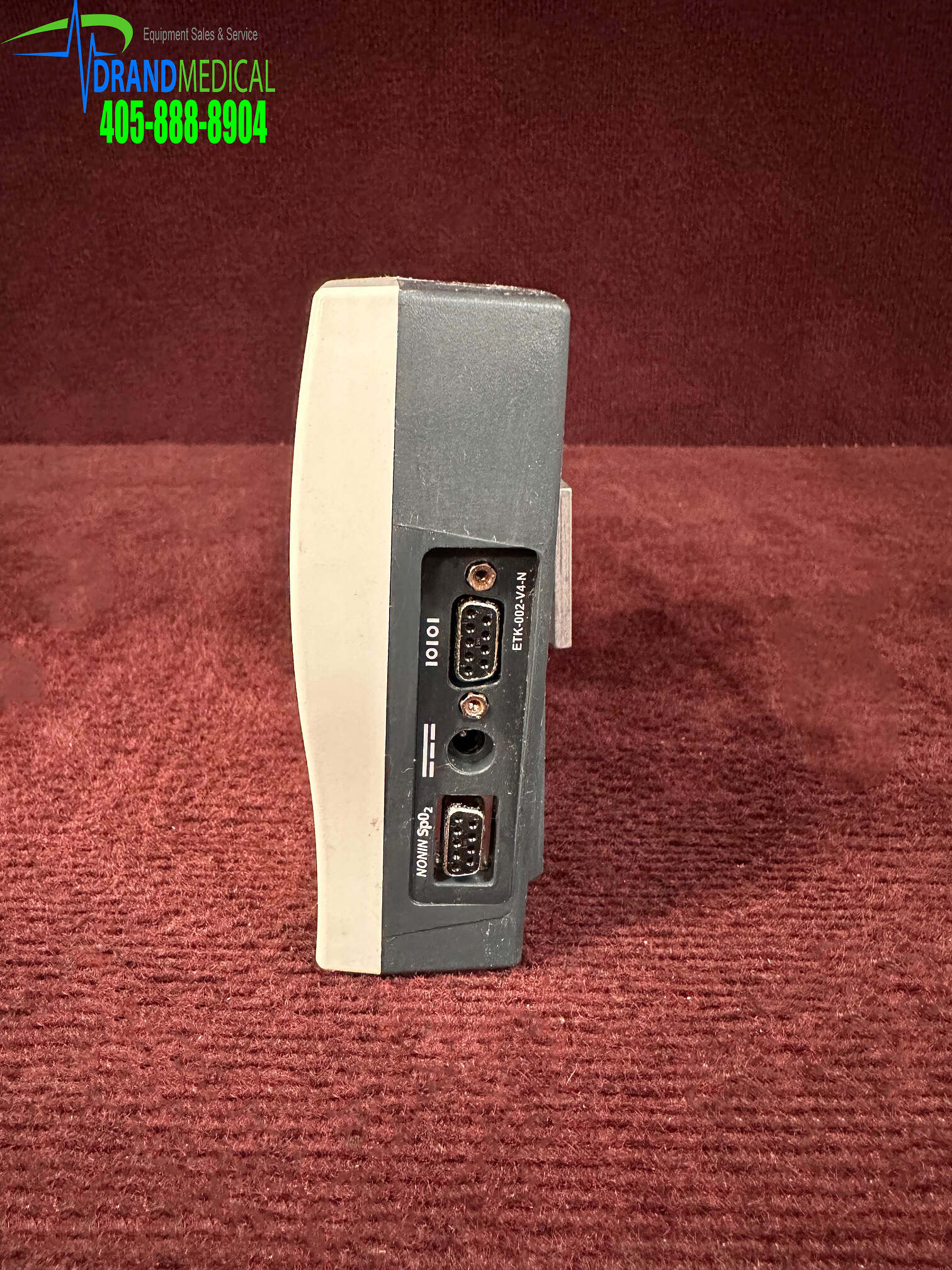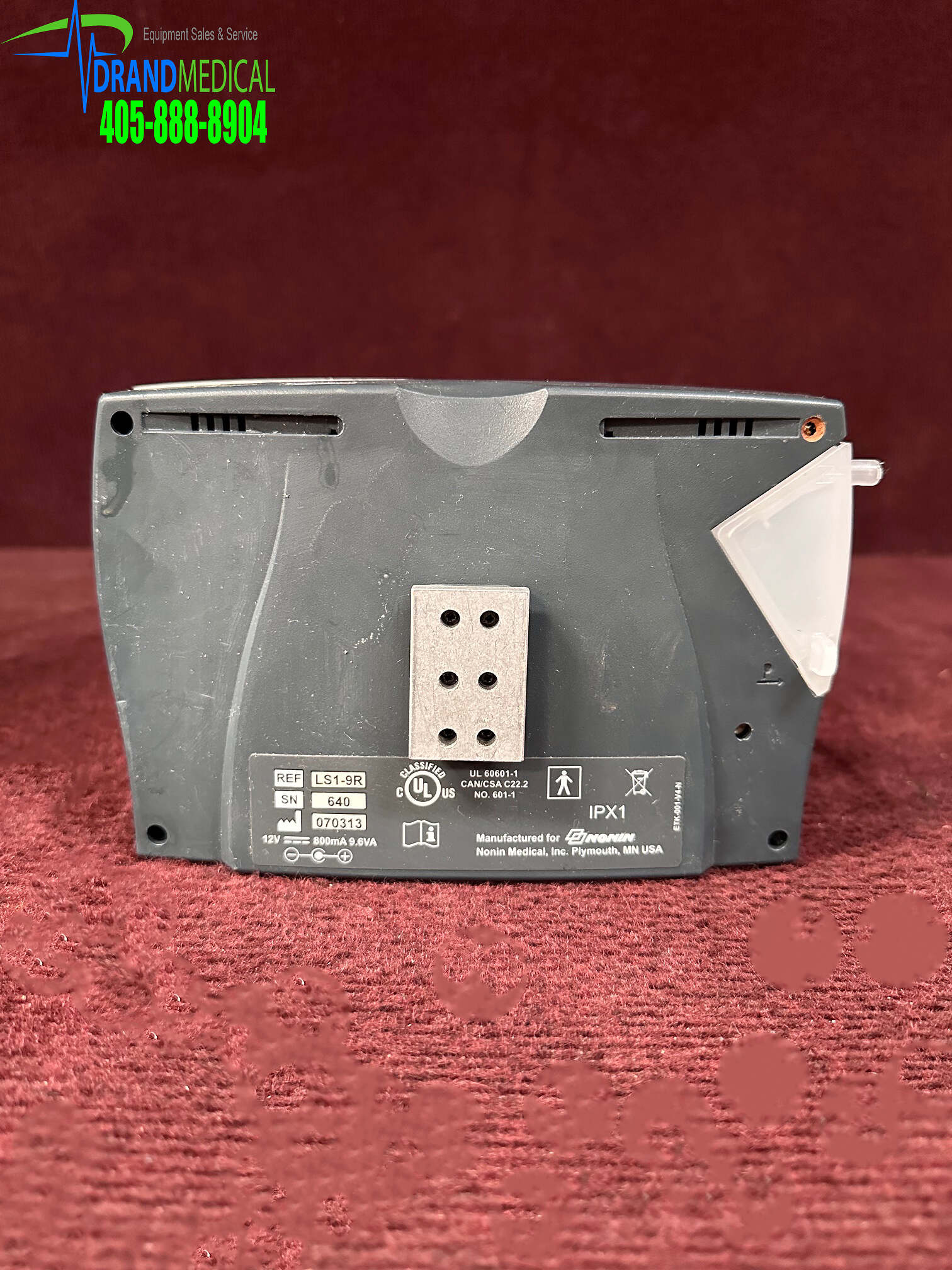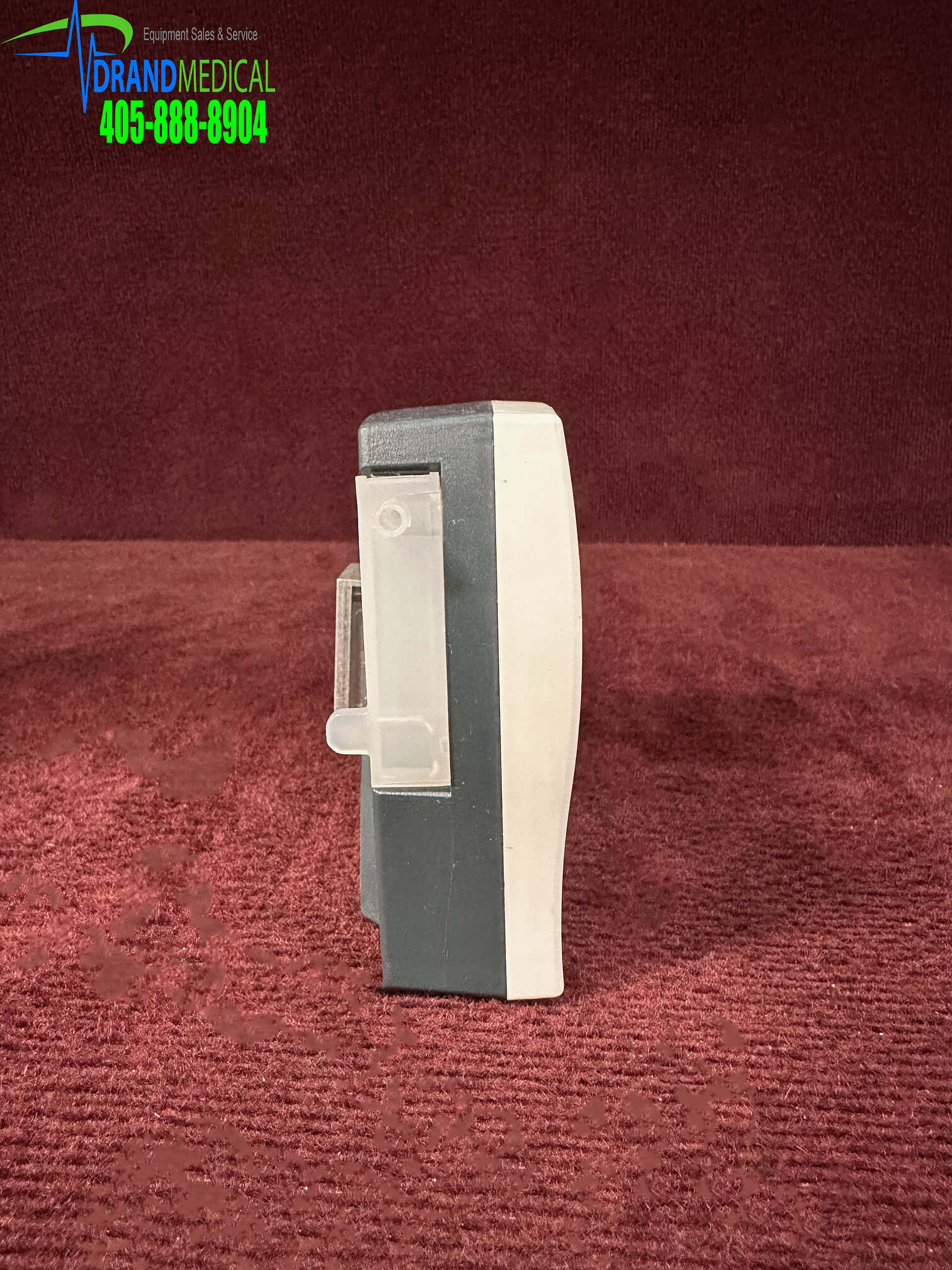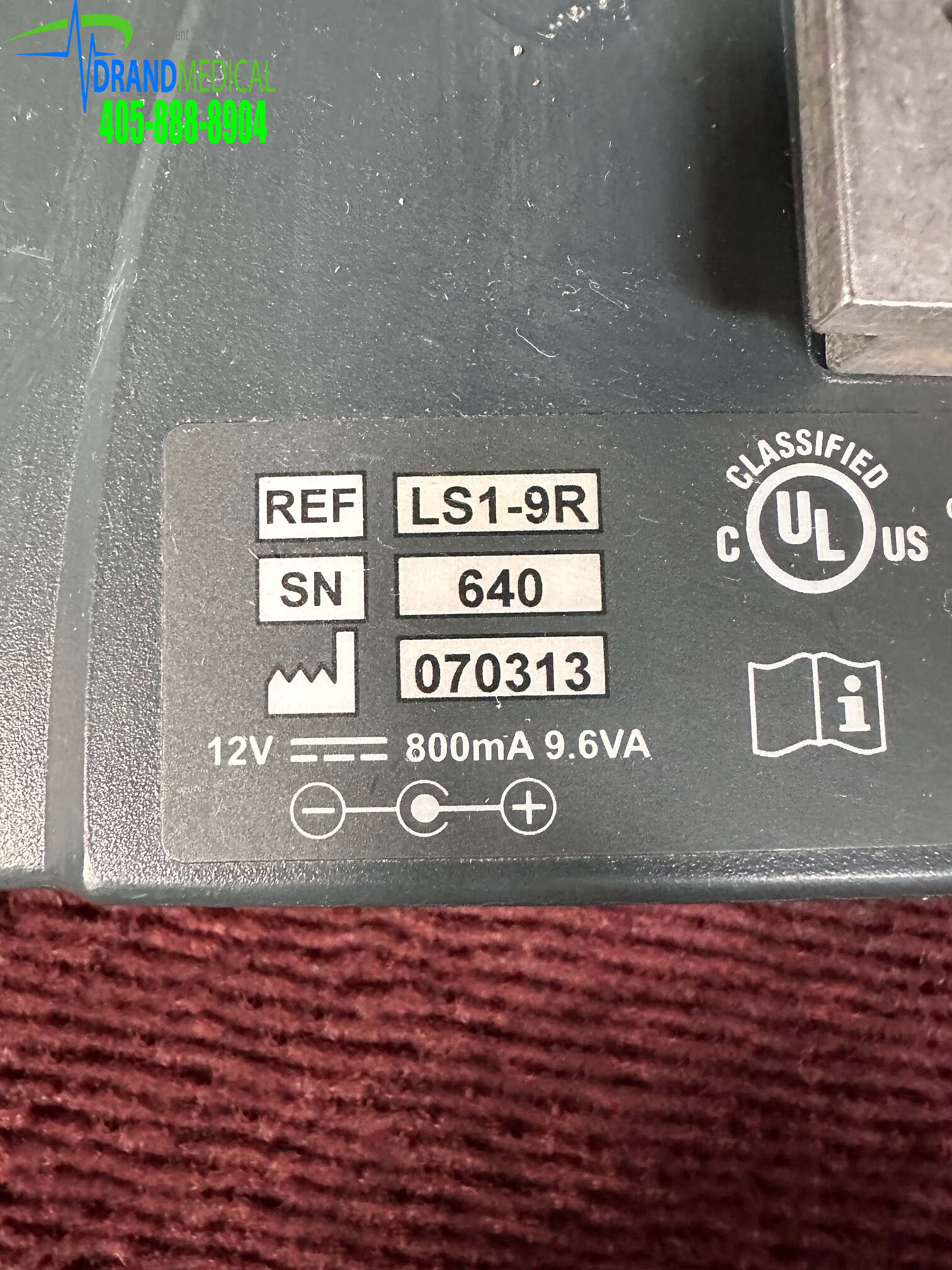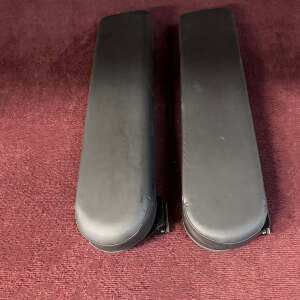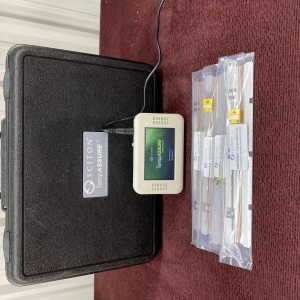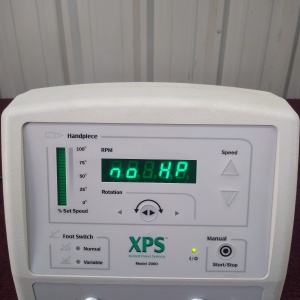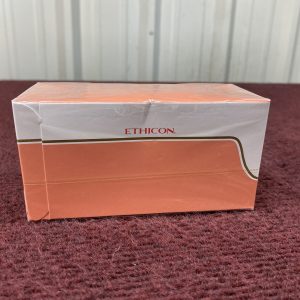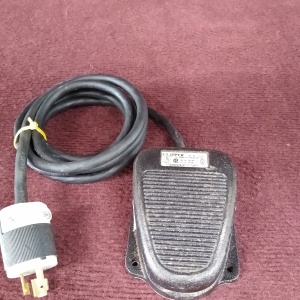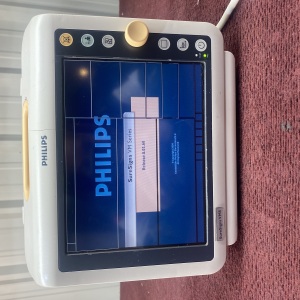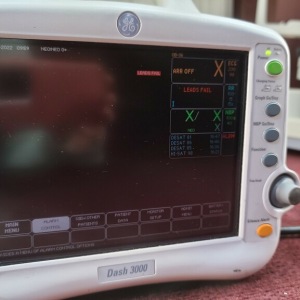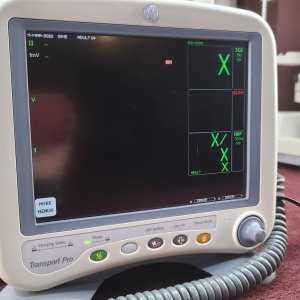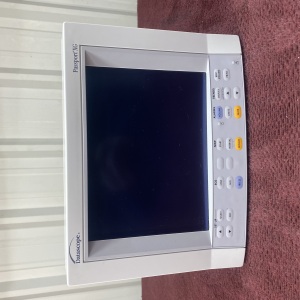|
LifeSense should only be operated by trained licensed practitioners
|
|
To prevent damage to the monitor, operate and store the monitor in an upright position.
|
|
Setting alarm limits to extremes can render the alarm system useless.
|
|
Secure LifeSense with mounting hardware if used in transport vehicles.
|
|
Do not mount LifeSense directly above the patient. If the monitor is mounted, be sure to check that the adjustable mounting clamp is securely affixed.
|
|
When mounting the monitor to a mobile pole, mounting the monitor higher than 1.5 meters (5 feet) or mounting more than 2 kilograms (4.5 pounds) of equipment onto the pole may result in tipping, damage to the equipment, or injury.
|
|
Always turn off the monitor prior to cleaning the monitor or changing the pulse oximeter sensor or moisture trap and/ or filter.
|
|
Portable and mobile RF communications equipment can affect medical electrical equipment.
|
|
The sample line, moisture trap, and filter are single-use disposable components. Do not disassemble the plastic parts of the single-use disposable moisture trap. Dispose all components in accordance with your local, state or national regulations regarding waste management.
|
|
Ear Clip and Reflectance SpO2 sensors are not recommended for pediatric or infant/neonatal use. The accuracy of these sensors has not been established for pediatric or infant/neonatal use.
|
|
This equipment complies with IEC 60601-1-2 for electromagnetic compatibility for medical electrical equipment and/ or systems. This standard is designed to provide reasonable protection against harmful interference in a typical medical installation. However, because of the proliferation of radio-frequency transmitting equipment and other sources of electrical noise in healthcare and other environments, it is possible that high levels of such interference due to close proximity or strength of a source might disrupt the performance of this device. Medical electrical equipment needs special precautions regarding EMC, and all equipment must be installed and put into service according to the EMC information specified in this manual.
|
|
Set or adjust alarm parameters one at a time.
|
|
Do not cover or block speaker opening. This may significantly reduce the sound volume.
|
|
Before each use, it is the operator’s responsibility to verify that the alarm limits are appropriate for the patient being monitored.
|
|
Always clean the Nonin PureLight reusable sensor after each patient use. Before cleaning, unplug it from the monitor.
|
|
The patient’s nasal passage may dry out if continuous monitoring is required. Check patient on a regular basis for nasal comfort.
|
|
If the EtCO2 value is out of normal range (4.4 – 5.7 Vol%/KPa or 33 – 43 mmHg) an internal air leak is possible. Replace the single-use disposable moisture trap and repeat the calibration procedure. If the problem persists, contact Nonin Technical Service.
|
|
If LifeSense is intended to be stored for longer periods of time, always charge the battery to full capacity before storing it in order to prevent damage to the equipment.
|
|
Avoid rapid temperature change or extreme temperatures. This can cause malfunction.
|
|
Never store or transport LifeSense where condensation can occur. However, if this has occurred, wait until all condensation has evaporated before using LifeSense.
|
|
Do not attempt to replace the battery inside the monitor. The battery is not field replaceable and cannot be replaced by the operator. Use only Nonin-specified components. Contact Nonin Technical Service when the battery needs replacing. Battery replacement by inadequately trained personnel could result in a hazardous situation.
|
|
Do not charge Li-Ion batteries at a temperature of 0 °C (32 °F) or less as this may result in significantly reduced battery life.
|
|
The sample line, moisture trap, Nafion tubing, filter, and T-connector are single-patient use, disposable components. Dispose all components in accordance with your local, state, or national regulations regarding waste management.
|
|
Do not sterilize or autoclave the monitor or sensors. Do not immerse in liquids. Do not disassemble the plastic parts of the single-use disposable moisture trap.
|
|
Never open the monitor housing/case. By opening the case you render your warranty invalid.
|
|
The oximeter sensor might not work on cold extremities due to reduced circulation. Warm or rub the finger to increase circulation, or reposition the sensor
|
|
In compliance with the European Directive on Waste Electrical and Electronic Equipment (WEEE) 2002/96/EC, do not dispose of this product as unsorted municipal waste. This device contains WEEE materials; please contact your distributor regarding take-back or recycling of the device. If you are unsure how to reach your distributor, please call Nonin for your distributor’s contact information.
|
|
This device is designed to determine the percentage of arterial oxygen saturation of functional hemoglobin. Factors that may degrade pulse oximeter performance or affect the accuracy of the measurement include the following:
-excessive ambient light – inadequate signal
– excessive motion – venous pulsations
– electrosurgical interference – anemia or low hemoglobin concentrations
– blood flow restrictors (arterial catheters, blood pressure – cardiogreen and other intravascular dyes
cuffs, infusion lines, etc.) – carboxyhemoglobin
– moisture in the sensor – methemoglobin
– improperly applied sensor – dysfunctional hemoglobin
– incorrect sensor type – artificial nails or fingernail polish
|
|
Each time the system is turned on, all audible alarms are disabled for 2 minutes unless the operator presses the Audible Alarm Pause/Resume button.
|
|
Capnography alarms are not active until the first breath is detected.
|
|
Oximetry alarms are not active until the first pulse is detected.
|
|
A functional tester cannot be used to assess the accuracy of a pulse oximeter monitor or sensor.
|
|
Be careful not to drop LifeSense on the floor or strike it against hard surfaces. If such an incident happens, do not use LifeSense until a functional test has been carried out.
|
|
All parts and accessories connected to the serial port of this device must be certified according to at least IEC Standard EN 60950 or UL 1950 for data-processing equipment.
|
|
The monitor is equipped with automatic barometric pressure compensation. End tidal pCO2 values displayed are calculated based on an atmospheric pressure of 760 mmHg and pH2O of 47 mmHg (example: 760 – 47 = 713, 713 x 5% = 36 mmHg).
|
|
Water or other liquid in the sampling tube may cause erroneous CO2 readings.
|
|
Ensure that all connections are tight, leak-free, and properly attached.
|
|
If the Nafion tubing becomes contaminated or damaged during use, discard it and replace it with a new one.
|
|
Radios and cell phones or similar devices may affect the LifeSense and should be kept at least 2.5 meters (8 feet) away from the device. Field strengths from fixed transmitters, such as base stations for radio (cellular/cordless) telephones and land mobile radios, amateur radio, AM and FM radio broadcast towers and TV broadcast towers may affect accuracy.
|
|
Failure of a network data coupling (serial cable/connectors) will result in loss of data transfer.
|
|
Before first use and before storing this monitor, fully charge battery
|
|
If not in continuous use, fully charge battery at six-month intervals
|
|
Before first use and before storing this monitor, fully charge battery.
|
|
If not in continuous use, fully charge battery at six-month intervals.
|
